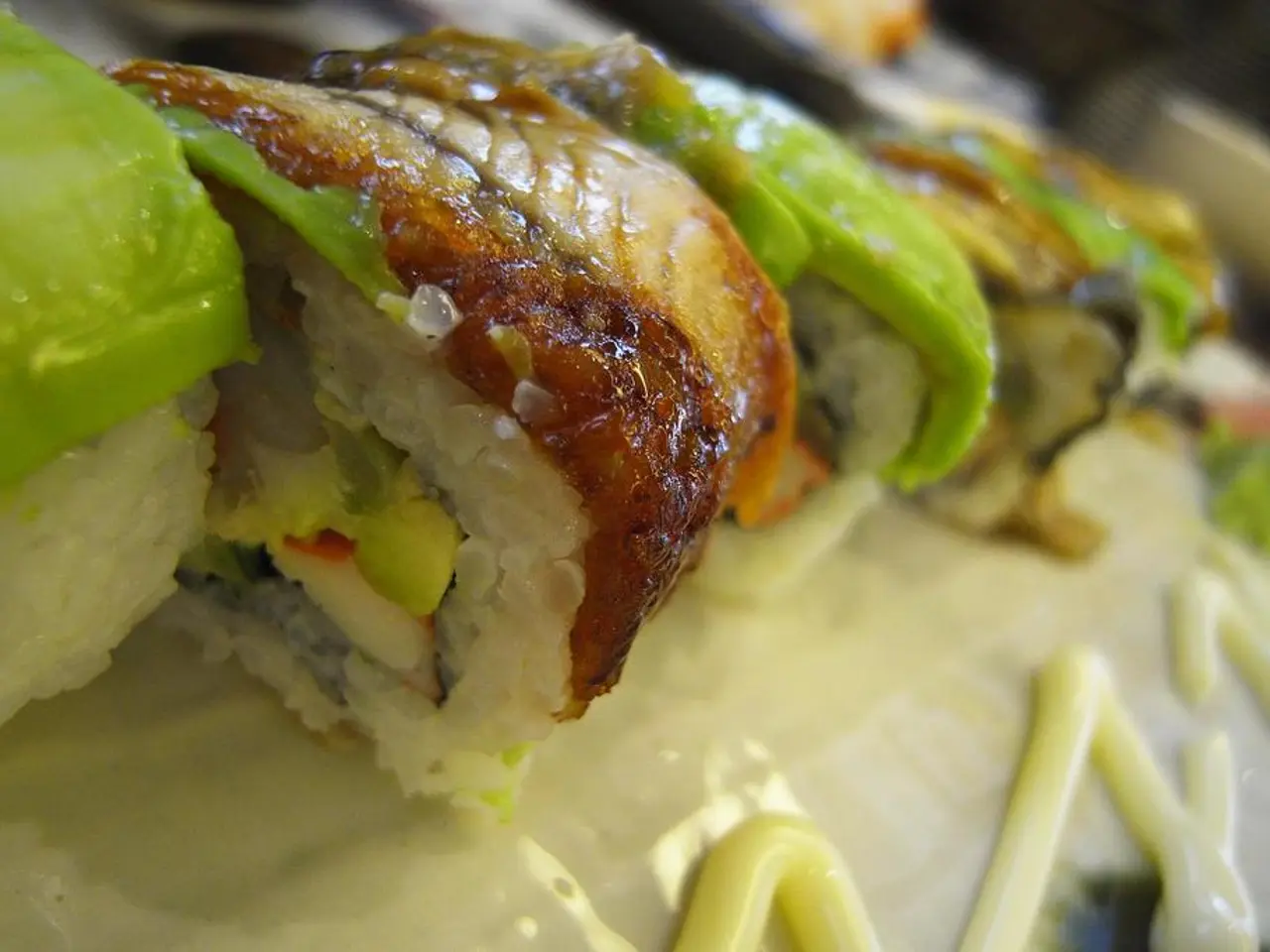Imported commodities face substantial price increases due to recently imposed tariffs affecting a range of consumer goods, including food, clothing, and school supplies.
In recent months, the United States has seen a notable increase in tariffs on various goods, resulting in a significant impact on food prices for consumers.
The Federal Government imposed an additional $1.9 billion in taxes on food products in the last two months alone. This increase has led to an average effective tariff rate for food products jumping from 2% to 7% in May and June of this year.
Fresh produce, in particular, has experienced a noticeable price hike. Initially, there was a 7.0% rise in the price of fresh produce, which has since stabilized at around 3.6% higher over time.
The impact of these tariffs on food prices is linked to increased costs throughout the supply chain. Some food distributors and importers are already warning of price hikes and potential shortages in grocery stores. This is compounded by broader inflationary pressures, as the Consumer Price Index (CPI) food index has increased approximately 3% year-over-year.
Economic indicators suggest the tariff-induced price pressures may persist or worsen. The Producer Price Index surges indicate that businesses are beginning to pass on tariff-related costs to consumers, especially as businesses initially absorb these costs but are projected to increase retail prices over time.
Key points summarizing the impact on food prices: - Short-run food price increase: Approximately 3.2–3.4% owing directly to tariffs. - Long-run food price increase: Around 2.9%, after substitution effects and global supply adjustments. - Fresh produce prices: Initial 7.0% rise, tapering to around 3.6% longer-term. - Consumer impacts: Higher grocery bills and altered spending habits. - Broader inflation context: Food price inflation contributes notably to CPI and cost of living.
Clothing and shoes, which have historically been subject to higher tariffs, have also seen a significant increase. In just May and June, these higher effective tariff rates have resulted in a $1.9 billion tax increase. The average effective tariff rate for clothing and shoes in May and June 2025 exceeded 25% compared to 14% a year ago.
If tariff rates had remained at 2024 levels, the duties for clothing and shoes in 2025 would have been $2,232,589,693. However, the total new 2025 tariff rate for clothing and shoes is $1,851,906,813.
In summary, recent tariff hikes have translated into modest but significant increases in food prices faced by U.S. consumers, aggravating inflationary trends and potentially leading to tighter household budgets and changes in purchasing behavior.
- The Chamber of Commerce has voiced concerns about the government's policy of imposing tariffs, arguing that it could negatively impact businesses and the economy.
- As tariffs on food products continue to rise, businesses involved in trade, such as food distributors and importers, may struggle to maintain their profit margins.
- With fresh produce experiencing a considerable price hike due to tariffs, retailers might seek alternatives, leading to shifts in the commerce of various food items.
- Finance experts predict that with an increase in food prices, there could be a ripple effect on the entire economy, affecting consumer spending and saving patterns.
- Clothing and shoe manufacturers may advocate for policy changes to alleviate the financial burden of high tariffs, as the surge in tariff rates has resulted in a significant tax increase for this sector.




